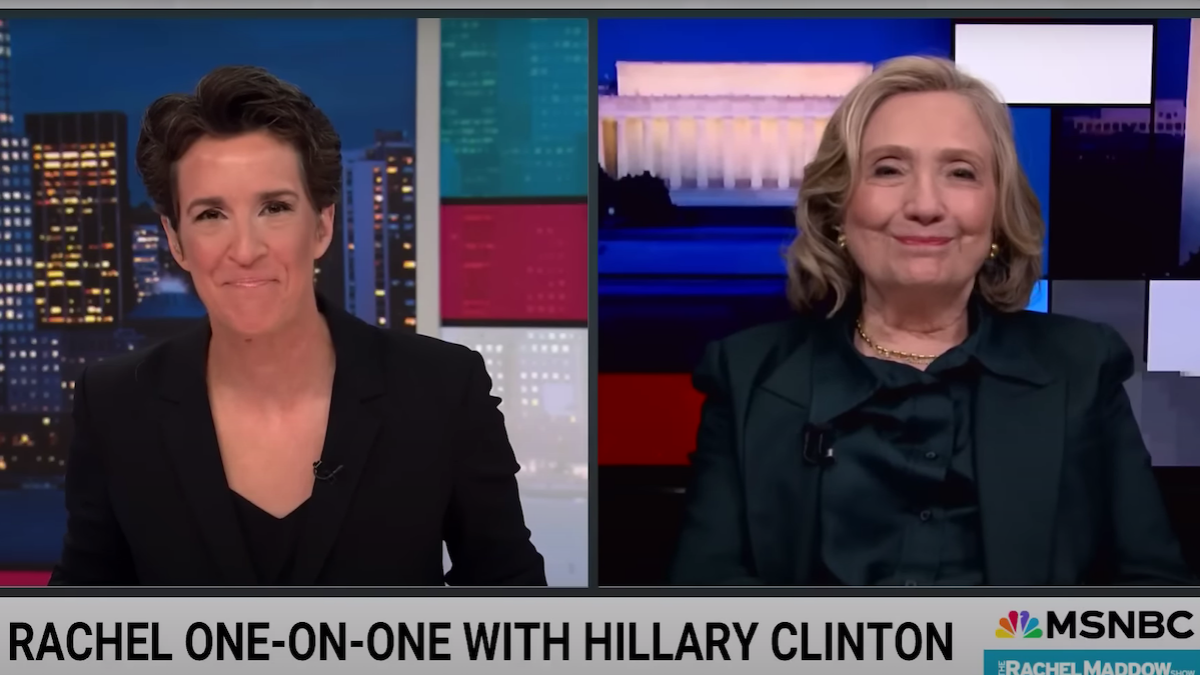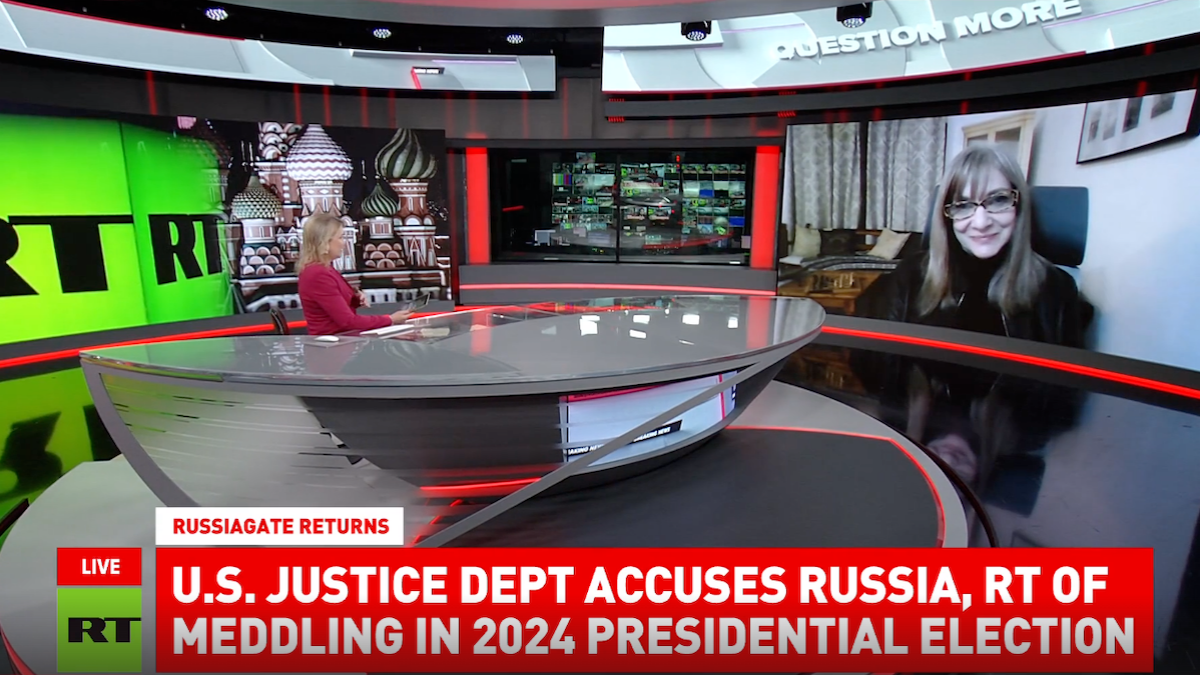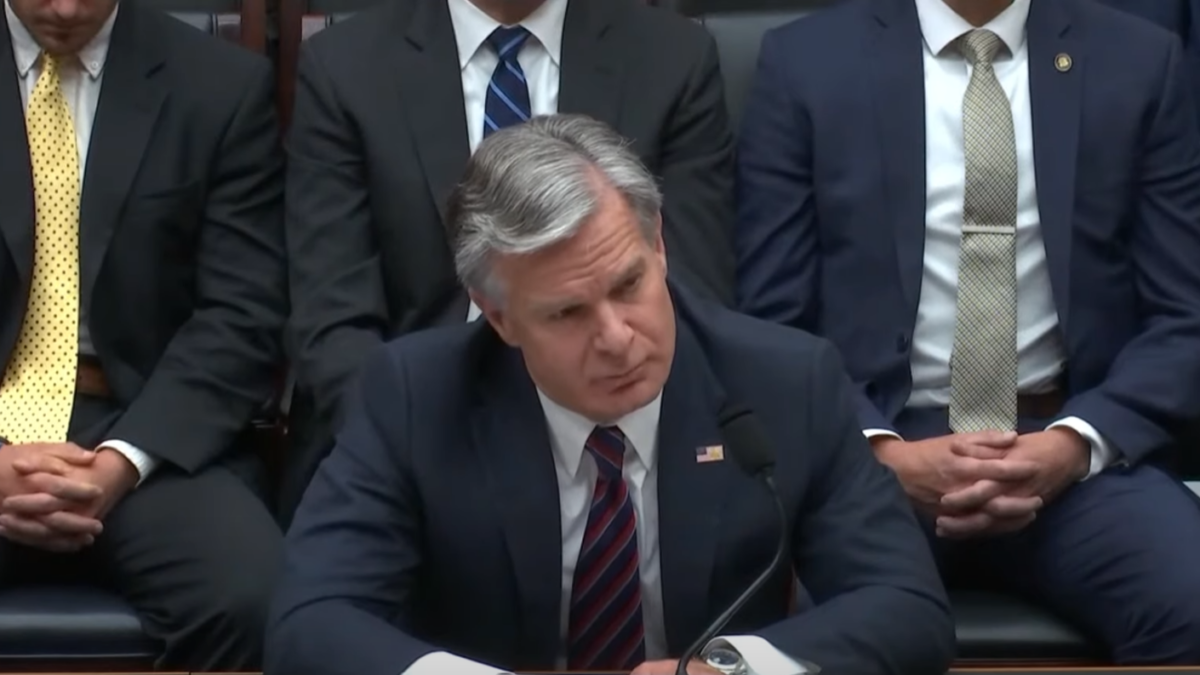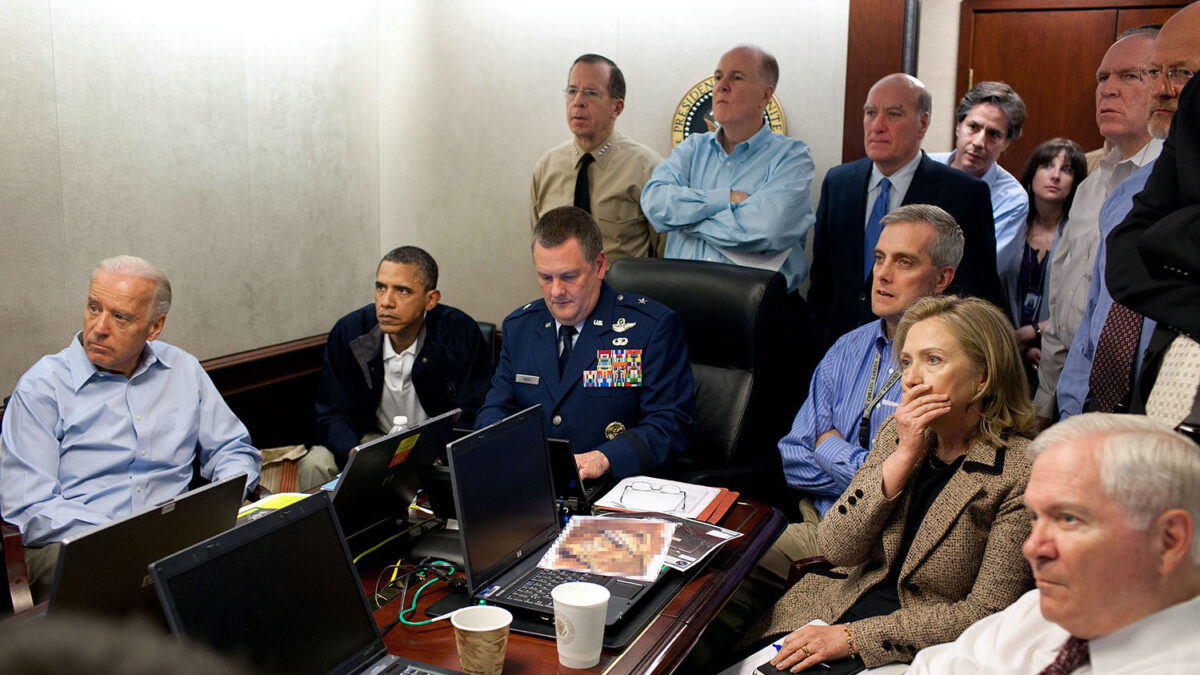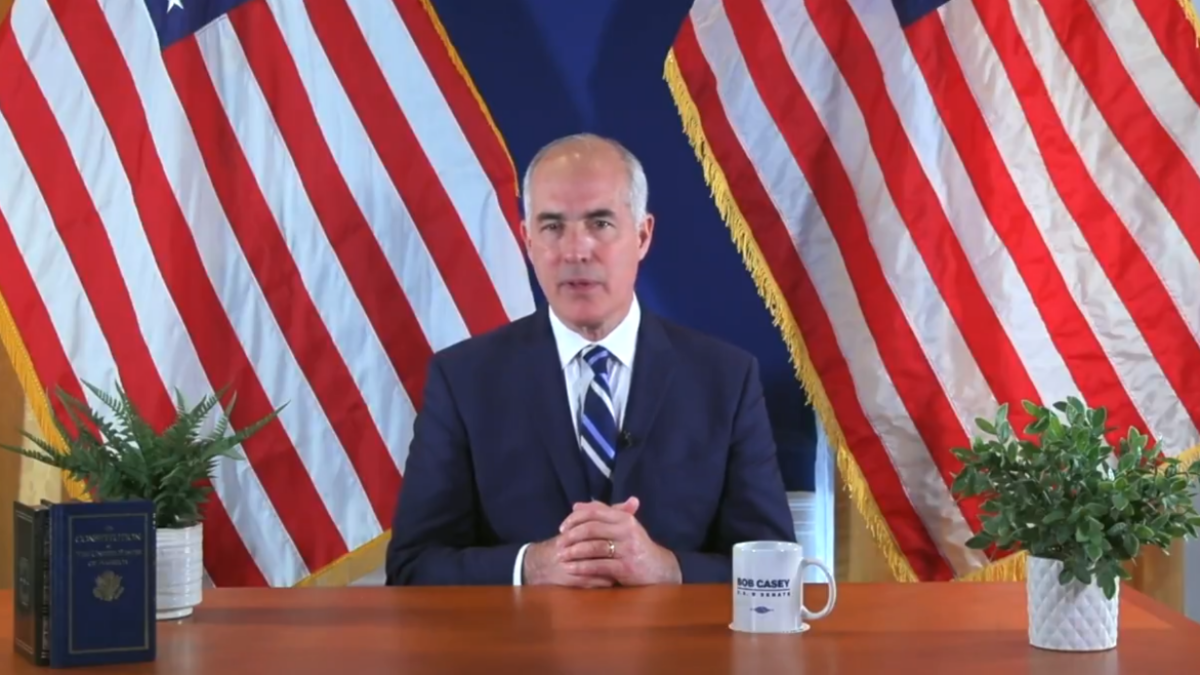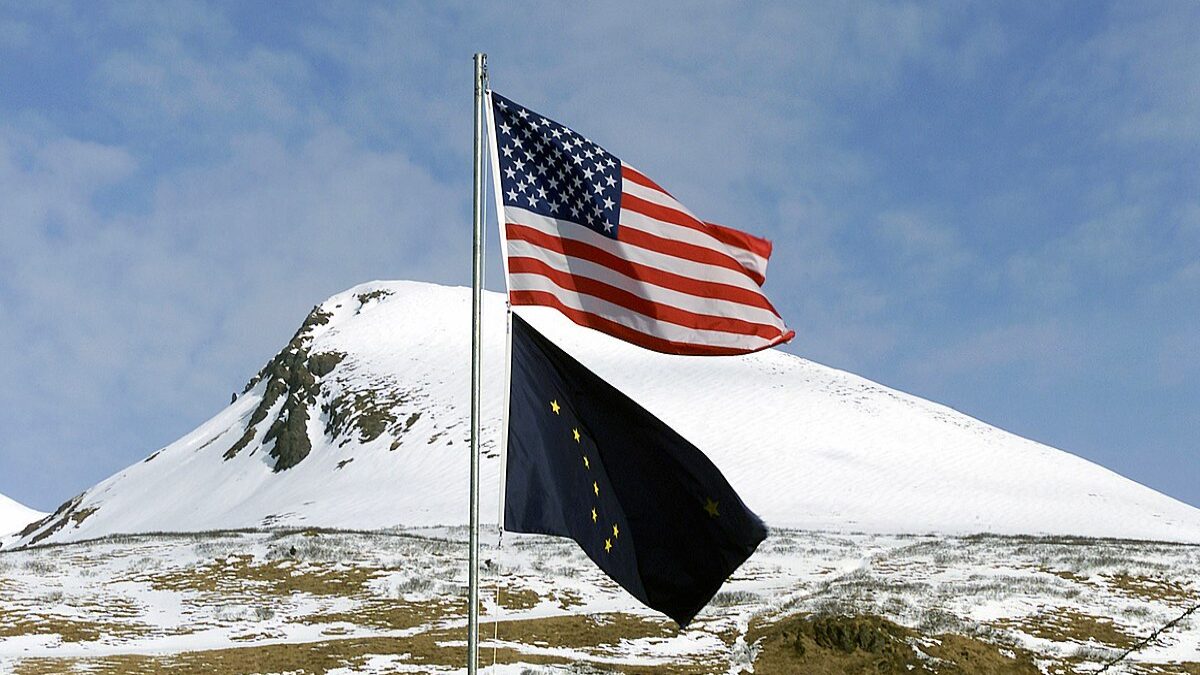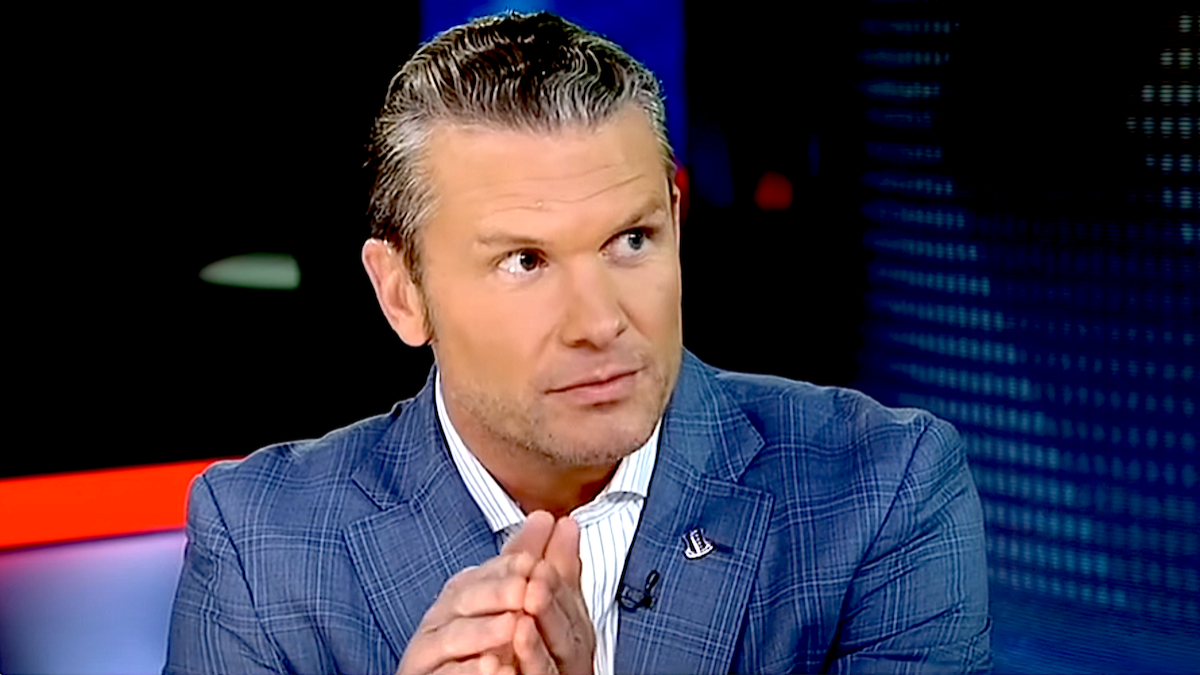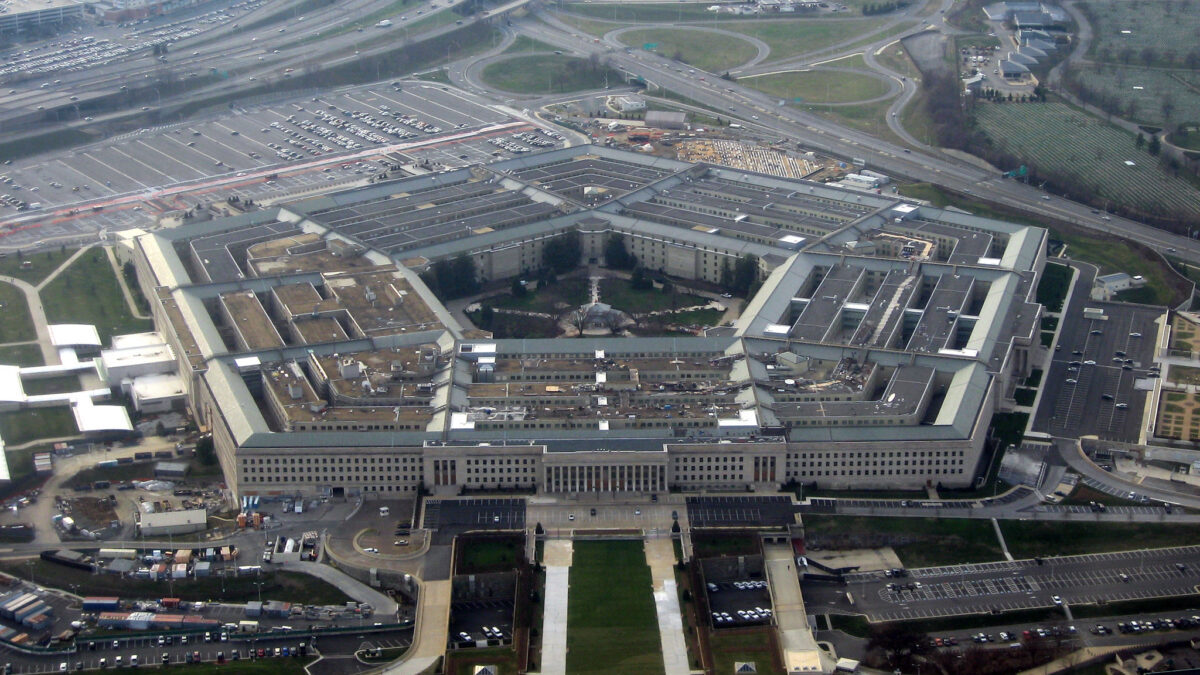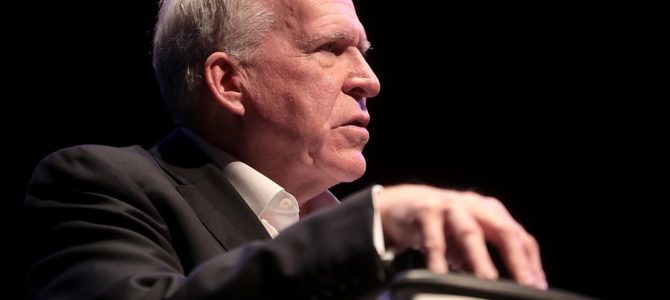
Last weekend, NBC News reported that the Justice Department’s probe into the origins of the Russia collusion investigation is now focusing on the CIA and the intelligence community. NBC News soft-peddled this significant development by giving former CIA Director John Brennan a platform (a pen?) to call the probe “bizarre,” and question “the legal basis for” the investigation. Politico soon joined the spin effort, branding the investigation Attorney General William Barr assigned to Connecticut U.S. Attorney John Durham “Trump’s vengeance.”
However, if the media reports are true, and Barr and Durham have turned their focus to Brennan and the intelligence community, it is not a matter of vengeance; it is a matter of connecting the dots in congressional testimony and reports, leaks, and media spin, and facts exposed during the three years of panting about supposed Russia collusion. And it all started with Brennan.
That’s not how the story went, of course. The company story ran that the FBI launched its Crossfire Hurricane surveillance of the Trump campaign on July 31, 2016, after learning that a young Trump advisor, George Papadopoulos, had bragged to an Australian diplomat, Alexander Downer, that the Russians had dirt on Hillary Clinton. This tip from Downer, when coupled with WikiLeaks’s release of the hacked Democratic National Committee emails and evidence of Russian efforts to influence the 2016 presidential election, supposedly triggered the FBI’s decision to target the Trump campaign.
The Real Story Is Different
But as the Special Counsel Robert Mueller report made clear, it wasn’t merely Papadopoulos’ bar-room boast at issue: It was “a series of contacts between Trump Campaign officials and individuals with ties to the Russian government,” that the DOJ and FBI, and later the Special Counsel’s office investigated.
And who put the FBI on to those supposedly suspicious contacts? Former CIA Director John Brennan.
“I encountered and am aware of information and intelligence that revealed contacts and interactions between Russian officials and U.S. persons involved in the Trump campaign that I was concerned about,” Brennan told the House Intelligence Committee back in 2017. Whether or not there was collusion with Russia, Brennan didn’t profess to know, but he passed on the information to the FBI to reach a conclusion.
“It’s not CIA’s job to make a determination about whether a U.S. person is cooperating, colluding, or whatever in some type of criminal or legal matter,” Brennan explained, stressing that instead, “it is our responsibility to give the Bureau everything that they need in order to follow that path and make such a determination and recommendation if they want to press charges.”
The evidence suggests, however, that Brennan’s CIA and the intelligence community did much more than merely pass on details about “contacts and interactions between Russian officials and U.S. persons involved in the Trump campaign” to the FBI. The evidence suggests that the CIA and intelligence community—including potentially the intelligence communities of the UK, Italy, and Australia—created the contacts and interactions that they then reported to the FBI as suspicious.
Creating a Russia Collusion Narrative
Stefan Halper features prominently in the plot. All-but-officially outed by the government as a CIA source, the aging academic had contact with at least four members of the Trump campaign. Halper’s job of connecting targets with Russians, however, dates back to January 2014, when he worked at Cambridge University alongside Sir Richard Dearlove, the former director of the British intelligence service MI6, and Christopher Andrew, the official historian for the British counterintelligence group MI5.
In January 2014, according to a lawsuit filed against Halper for defamation by the Russian-born Svetlana Lokhova, Dearlove and Andrew invited her to attend a group dinner with U.S. Gen. Michael Flynn. At the time, Flynn served as Barack Obama’s director of the Defense Intelligence Agency.
The dinner went forward as planned on February 28, 2014, with Halper, Dearlove, and Andrew all in attendance, alongside Flynn and Lokhova and several others from the Cambridge community. After dinner, according to Lokhova’s complaint, “Andrew invited Lokhova to address General Flynn,” and they had a brief public exchange about her academic research on Russia. Then, as laid out in her lawsuit, after “General Flynn informally became an advisor to the Trump presidential campaign, . . . Halper came back into the picture,” with Andrew inviting Lokhova and Halper to join him for dinner at his house.
While the 2014 dinner went unnoticed at the time and seemed of no concern to the Obama administration, after the Russia collusion narrative gained steam, the media reported that “US intelligence officials had serious concerns about Michael Flynn’s appointment as the White House national security adviser because of his history of contacts with Moscow and his encounter with a woman who had trusted access to Russian spy agency records.” Other outlets made clear the then-unidentified woman was Lokhova.
So, had Halper and his British intelligence counterparts arranged Flynn’s incidental meeting with the Russian-born Lokhova and then reported that contact to the FBI to later justify spying on Flynn?
Halper Sure Gets Around
Halper also crossed paths with Trump campaign advisor Carter Page at a symposium held in Cambridge in mid-July of 2016, shortly after Page spoke at the New Economic School in Moscow. Page “said he did not detect anything untoward from Halper,” although the former Trump campaign advisor also “noted that in their first conversation at Cambridge, Halper said he was longtime friends with then-campaign chairman Paul Manafort.”
When asked whether Halper raised Russia as a topic of conversation, Page told me that his “interactions with Halper from the very beginning originated and was based upon our mutual interest as foreign policy scholars.” Page added that “the specifics of those conversations are a long forgotten memory,” given that at the time, some three years ago, they were but “innocuous interactions with this professor.” But “it seems unlikely I wouldn’t have discussed such generalized topics related to Russia with him.” After all, Page stressed, he had lived and worked in both London and Russia, and for much of the past century the Washington-Moscow relationship had been central to foreign policy.
So, had Halper chatted up Page to prompt the Trump aide to speak of Russia and his Russian connections? And did Halper then relay those connections to the CIA, which then fed them to the FBI?
After the FBI launched its investigation into the Trump campaign at the end of July 2016, Halper reached out to Sam Clovis, Trump’s national co-chairman. Clovis, who met with Halper in the D.C. area, similarly described their conversation as innocuous, and focused “mostly on foreign policy issues, including China.”
While Clovis didn’t mention any talk of Russia, the same cannot be said about Halper’s outreach to Trump advisor Papadopoulos. In September 2016, Halper and a woman posing as Halper’s research assistant, “Azra Turk,” met with Papadopoulos in a London bar, asking him directly whether the Trump campaign was working with Russia, which Papadopoulos denied.
Earlier this year, The New York Times reported that the FBI had directed Halper and Turk to contact Papadopoulos, while the Russia-conspiracy mainstay instead portrayed the Page contact as coincidental. But was it? And what about the Flynn set-up at Cambridge? Were those instead additional efforts to create connections and conversations about Russia to justify the FBI launching an investigation into the Trump campaign?
Same Pattern, Different Agents
Then there’s Joseph Mifsud, who arranged for Papadopoulos to connect with myriad real and fake Russians, with his cover as a Russian-connected academic serving as the supposed impetus to launch Crossfire Hurricane. While we do not yet know who ran the Mifsud operation, given that Barr and Durham returned to the United States with two Blackberry devices used by mystery man rules out the possibility that he served as a Russian or otherwise hostile agent: No foreign adversary would allow his smartphones to be appropriated by the enemy.
Mifsud’s presence at the Russia Today dinner gala at which Flynn was seated next to Putin adds to the questions concerning Mifsud, his handlers, and his role. Was Mifsud responsible for creating or highlighting connections between Trump campaign members? Did Mifsud then share this invented “intel” with the CIA, which then fed it to the FBI?
Felix Sater is another suspicious character. Back in 1998, none other than Andrew Weissmann—more recently known as Mueller’s pitbull and No. 2 in the special counsel investigation—approved a cooperation agreement with Sater that kept the felon out of prison. From publicly available information, as late as 2005, Sater continued to cooperate with the FBI. And reports indicate Sater continued as an FBI and CIA asset much longer.
So, was Sater working for the FBI or CIA when he pushed his connections to Putin to Trump’s former lawyer Michael Cohen? Did Sater relay those exchanges to the CIA to construct more suspicious connections with Russia?
And what about the infamous Trump Tower meeting? Had that been arranged to create yet another connection between the Trump campaign and Russians?
These are the questions Barr and Durham should be asking themselves to arrive at the bottom line: Were the Russia connections contrived by the CIA, and was Brennan the plotter-in-chief hoping to prevent a President Trump—or to destroy him later?


